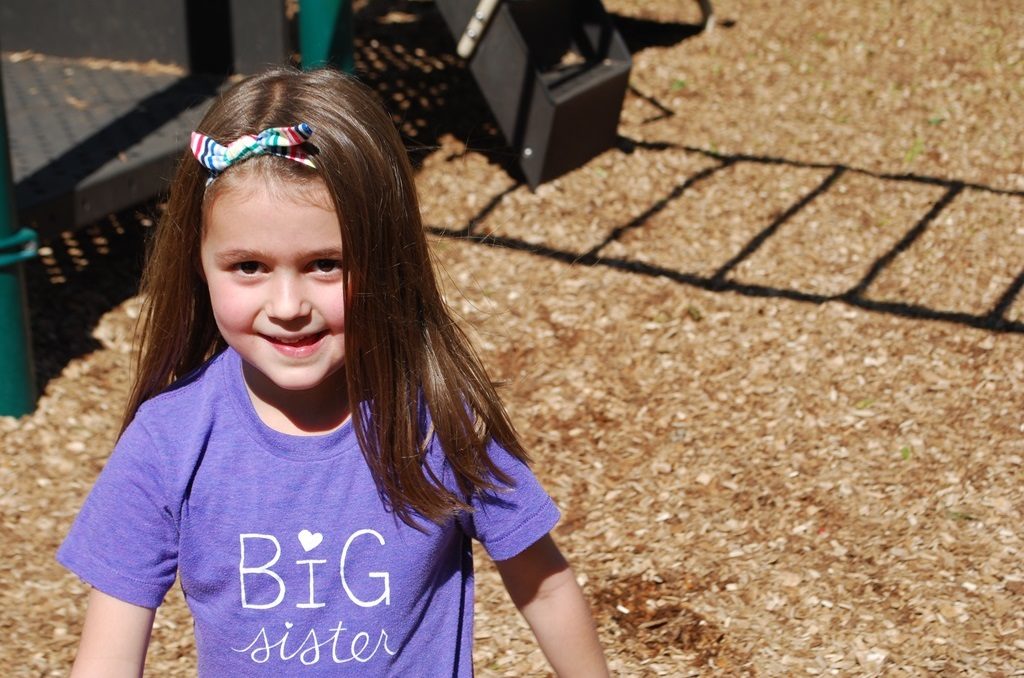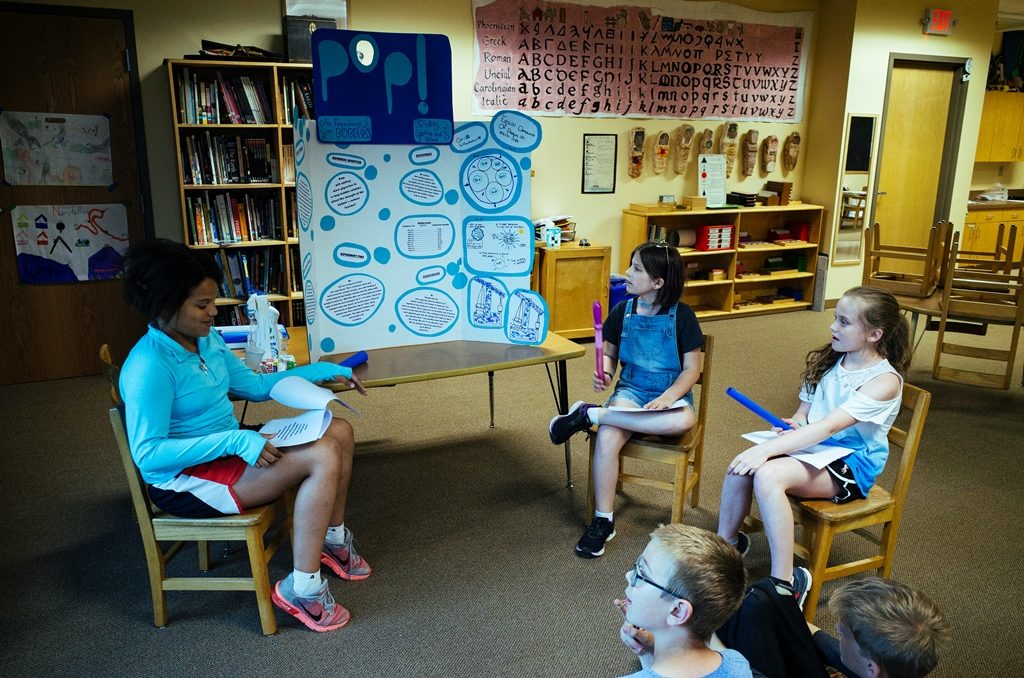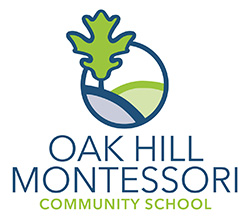

You are always welcome to contact us with questions, but please take a look to see if your answer can be found within these Frequently Asked Questions.
Why are Montessori classrooms multi-aged?
The multi-aged aspect is intentional and integral to the Montessori experience. Not only does it provide children with an environment which mirrors the real world, but it also allows children to both lead and follow. The multi-aged classroom blends academic, social and emotional contexts together for robust developmental benefits, builds stronger relationships with teachers over multiple years and also gives children the freedom to learn at their own pace.
Why does the Kindergarten level not have its own classroom?
Being the “big kid” in his/her classroom is the final step in the Children’s House cycle. This provides the Kindergarten student real-life opportunities for leadership and setting the example of behavior for younger classmates. At times, kindergarten students find themselves showing younger classmates how to use materials which provides a peer-based teaching experience for the recipient and reinforces the learning concepts for the older child providing the assistance.
What is Oak Hill’s philosophy regarding homework and standardized testing?
Both homework and testing do exist at Oak Hill, but they may look different than in a traditional school setting. Homework starts at the Lower Elementary level in the form of reading, progresses to skill-building assignments (e.g. math, reflection or writing) in the Upper Elementary room, and becomes more robust at the Junior High level as children progress from the concrete to the abstract.
Oak Hill students encounter their first standardized exam in the third grade. These exams are used to benchmark progress against a national average and Oak Hill students take one test per year from third through eighth grade.
What does the term “individualized education” mean at Oak Hill?
At Oak Hill, a child’s progress is not judged against her/his peer; instead the learning pace and work choice is set by the student and, if needed, re-focused by the teacher. Children are first shown how to use materials through individual or small group presentations; then through exploration and repetition, the child works through the work before them. Students then have their academic toolbox expanded when they can demonstrate understanding and mastery of their current work. With smaller class sizes, and the multi-year cycle at each level, teachers are fully aware of each student’s improvement areas and strengths.
How do teachers know students are getting the assistance they need?
The combination of work choice and an expanding set of materials give students the responsibility to independently chart their time in the classroom. By not having the directive to keep all children moving to the same task at the same time, Montessori teachers utilize the opportunity to observe the classroom, move from child to child, provide assistance and present new materials when needed. By having daily interactions with every student, the teacher is fully aware of where each student is, and where they are headed on their developmental journey.
Where are the desks?
Our classroom environments are purposefully designed to feel like an extension of the home. When first seeing a classroom in action it may seem there is little structure, but after a few minutes of observation it becomes evident that the children are directing their own work. Since the Montessori philosophy has a self-guided approach to it, there are many different areas you may find children working; some prefer mats on the floor alone, while others like to sit at a table with classmates. This freedom in the classroom provides students the opportunity to explore their work, do so at their own pace and gain a deep understanding of what they are learning.
Outside of the academic school year, are there offerings of summer programming?
Oak Hill offers summer programming for Toddlers – sixth grade. Children in the Toddler Community will be experiencing days which are very similar to their days during the academic school year while students from Children’s House – sixth grade will doing activities guided by weekly themes. Information about summer programming can be found on our Summer Camp page.
